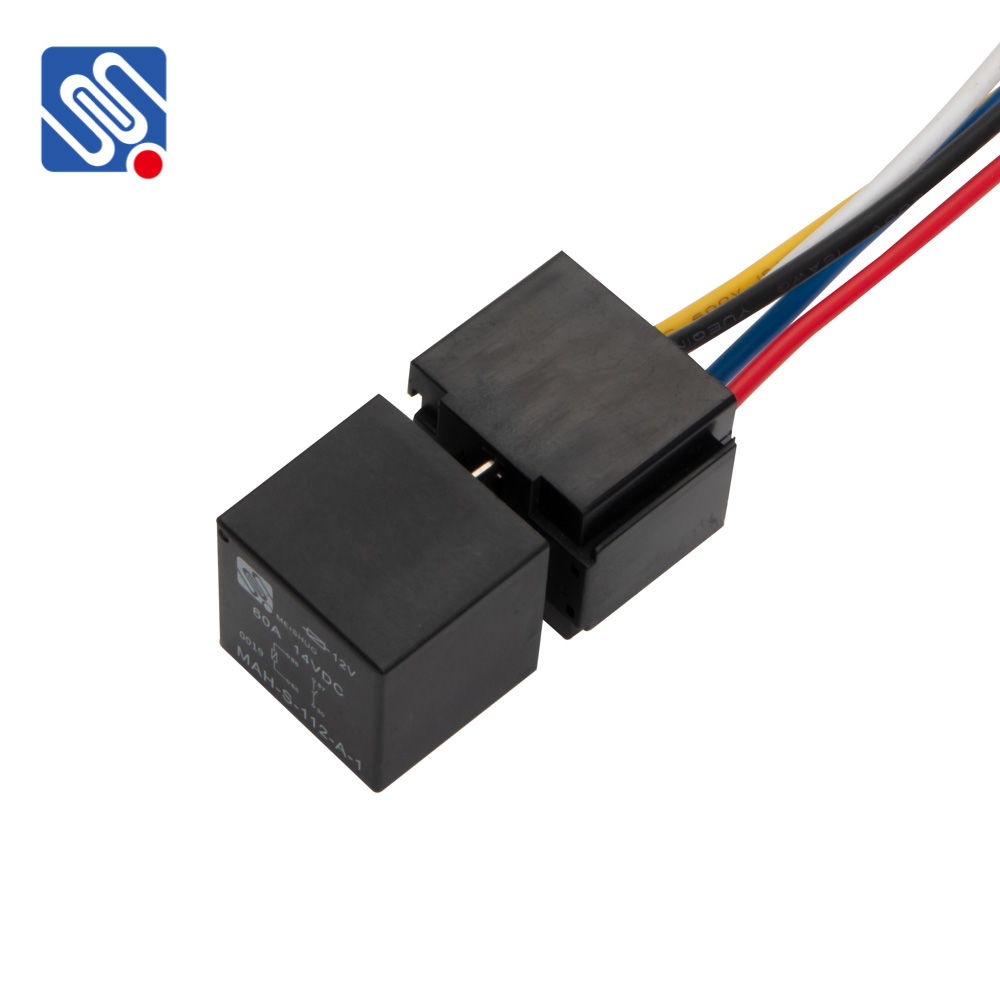A 12V 40A relay is an essential component used to control high-power electrical circuits with low-voltage control signals. It is widely used in automotive, industrial, and electrical systems to manage high-current devices while maintaining safety and efficiency. This article explores the key features, applications, and important considerations when using a 12V 40A relay.

What is a 12V 40A Relay? A relay is an electrically operated switch that allows a low-voltage control signal to control the flow of electricity in a higher-voltage or higher-current circuit. A 12V 40A relay specifically refers to a relay with a coil voltage of 12 volts, which is activated by a 12V DC signal, and a contact rating capable of switching currents up to 40 amperes. The relay consists of two main parts: the coil and the contacts. The coil, when energized by a 12V signal, generates a magnetic field that causes the contacts to either open or close. This switching action allows the relay to control the power flow to connected devices, such as motors, lights, and other high-power electrical equipment.